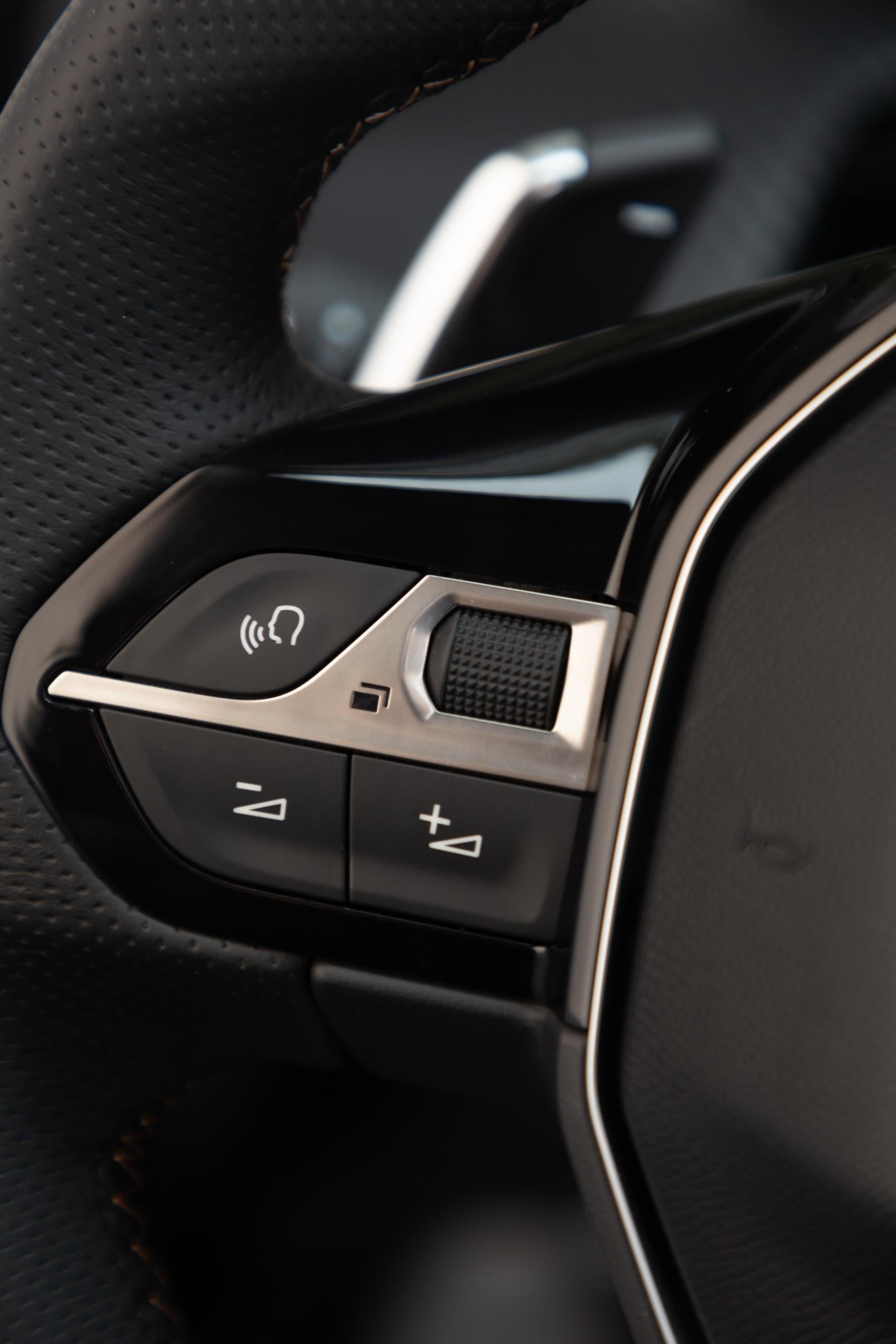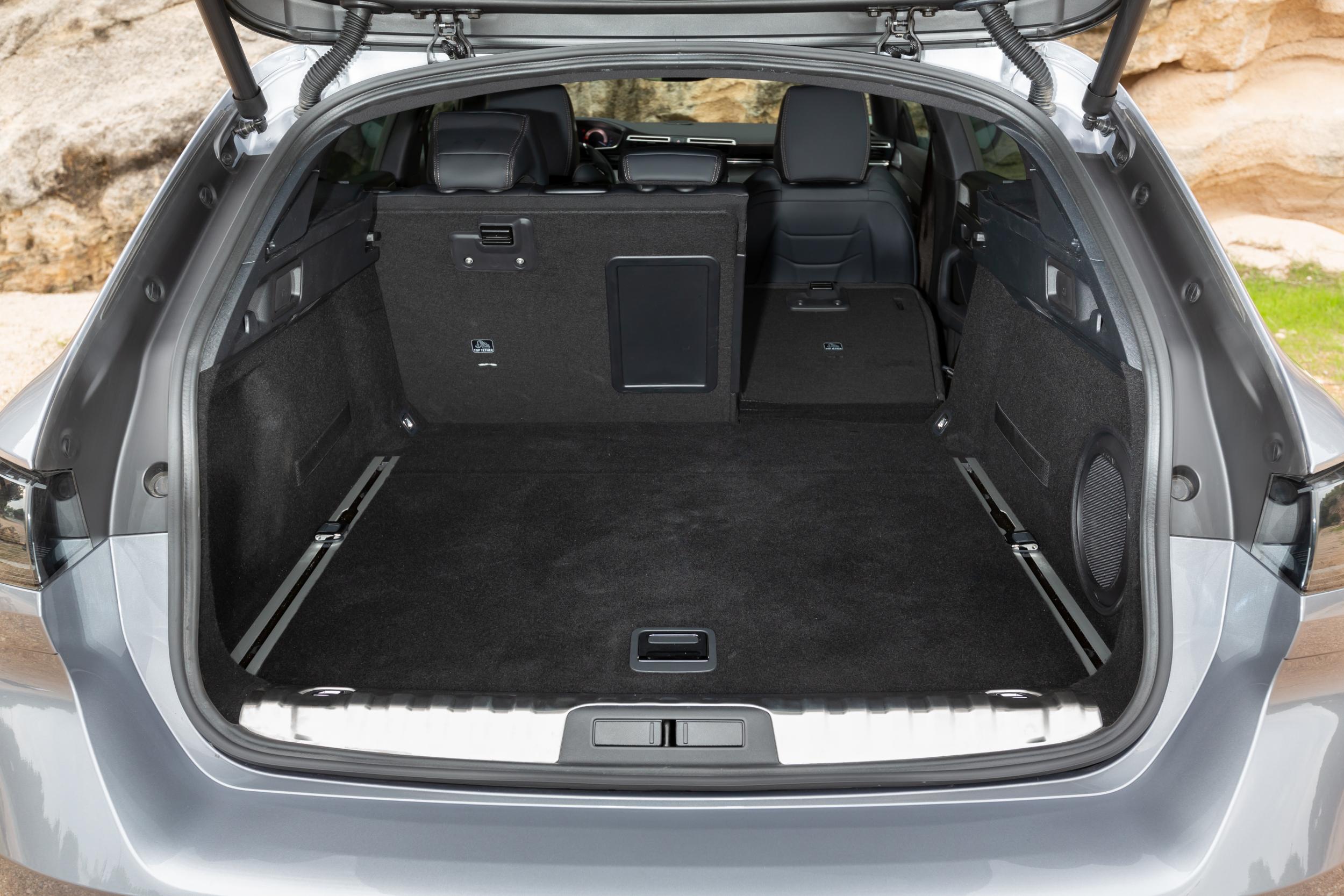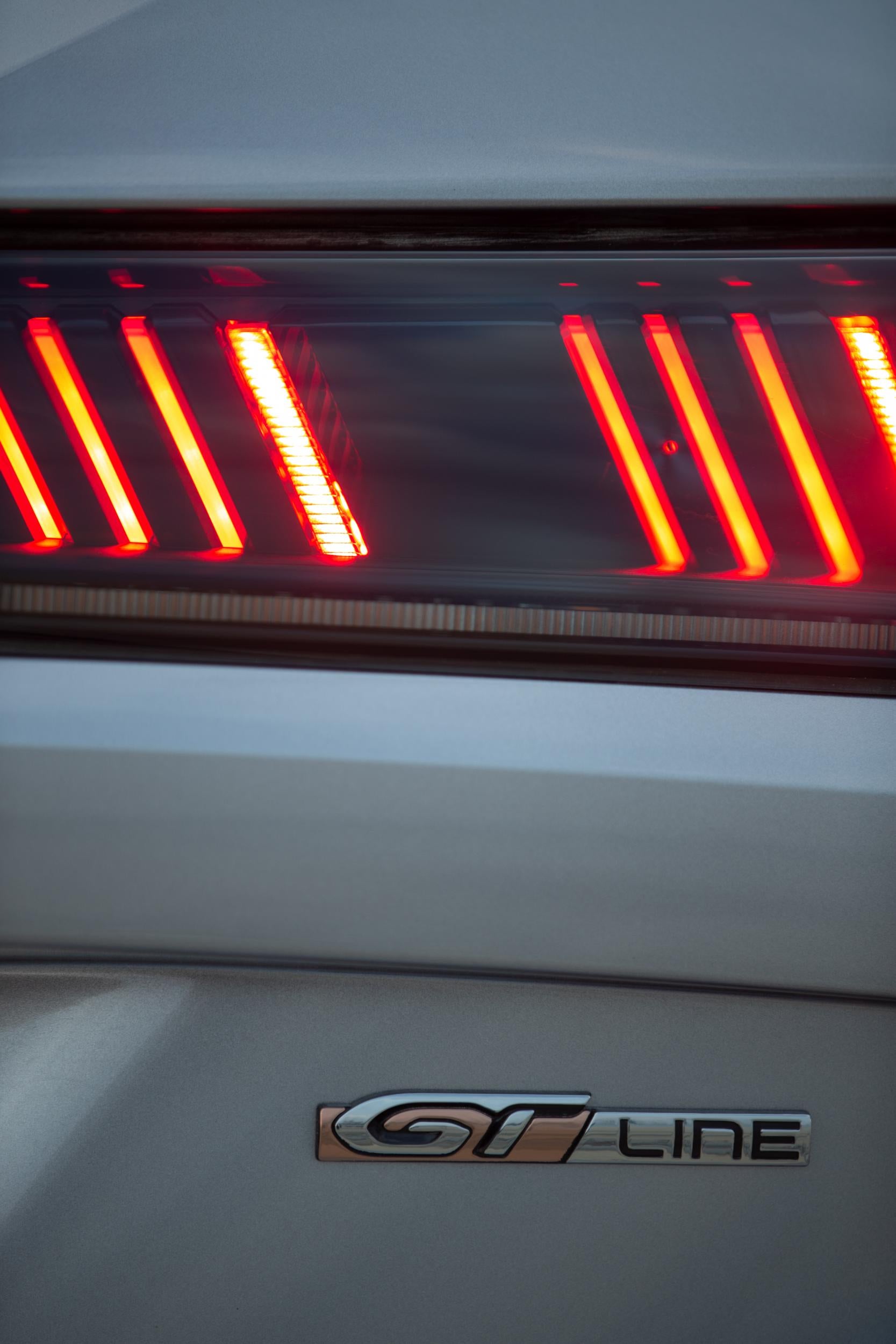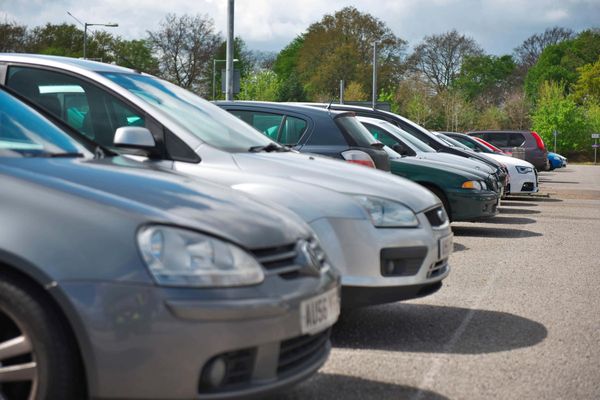
Napoleon Bonaparte, George Clemenceau, Charles de Gaulle... and now France has another embodiment of the Gallic character – Jean-Phillipe Imperato, director general of the Peugeot car brand, and a man so French in demeanour he ought to be designated a national monument (and kept away from the gilets jaunes).
Up he pops for us on video link at the International launch of the Peugeot 508 SW estate car.
He’s not your average sort of industry executive, Jean-Phillipe. Even in two-dimensional format here we have a three-dimensional personality. He shrugs; he gesticulates; he speaks Franglais. He’s a great salesman for his cars. If only all car bosses were like this.
The 508 SW (for Station Wagon) is to be a “blockbuster”, “wow” everyone and be “sexy” with it, says Jean-Phillipe.
Blockbuster: Oui ou non?

I’m not sure it’ll be a blockbuster, which is rather different to saying whether it deserves to be, or not. It’s in a tough and declining part of the market – no fault of its own
The 508 SW joins the fastback-style saloon which arrived a few months ago, and it has been duly shortlisted for the prestigious European Car of the Year award. There’s case to be made for it, though it is up against some impressive and innovative competition (Jaguar I-Pace, new Ford Focus, Citroen C5 Aircross SUV). As with the proposition it makes to the prospective customer, its case rests on the re-assertion of an older tradition; in short the estate car as riposte to the increasingly ubiquitous SUV and SUV crossovers, so much in vogue now.

And so they have done their best to make their Peugeot 508 SW the epitome of the kind of bourgeois values Peugeot, and the estate style for that matter, used to embody. This time round, they have added some sportiness. The new car is lower and sleeker than its predecessors and most of the competition. The “iCockpit” “design with a relatively high up instrument panel and lower-mounted steering wheel is supposed to add a degree of sportiness, if not excitement and sexiness to the rage.
The spec
Peugeot 508 SW PureTech 225
Price: £39,854 (range starts at £26,500)
Engine: 1.6-litre; 4-cylinder petrol; 8-speed auto
Power output (hp@rpm): 181@5,500
Top speed (mph): 140
0 to 60 (secs): 7.1 (est)
Fuel economy (mpg): 64.2
CO2 emissions (g/km): 125
Even the humblest of the range of six power units (three diesels and three petrol) can make the car move respectably, and the suspension is a fine compromise between ride and handling – both excellent. The 130 horsepower diesel does make a bit of a noise when pushed hard in “sport” mode, because the 8-speed automatic box (proper torque converter) simply refuses to let go of the gears, but that’s about as bad as it gets. The powerful 225 horsepower petrol one is the most refined and smooth units you’ll find this side of a Lexus.
So it looks and feels sporty for an estate, the cabin design being meant to feel cosy for the driver and they’ve striven to make it classy too. On the upper trim levels, especially “GT-line”, you find plenty of cushy leather, soft feel plastics and strikingly tasteful wood veneers, the latter used for the cabin and for the boot floor (and the veneers are fitted to all the range).

The 508 is a warm and welcoming feel-good environment, less conservative than most of the Germans and with a little more élan than you find in the equivalents from Hyundai or Ford, say. On the whole, the manufacturers in this mainstream sector, and indeed some of the premium brands too, tend to source their interior trims from the same sorts of places; there aren’t many people who make wood veneers for motors cars, after all.
Peugeot’s latest instalment in its renaissance goes and stops fine, and even on the highest profile/thinnest tyres the 508, with its long wheelbase and softish suspension, feels exceptionally comfortable, and capable of carrying you coast to coast.

The company eccentrically suggests it’ll sell well to surfers. In reality it’s more likely to be used for lugging kids, dogs and commercial wares around, but no matter. It does the job effectively enough – the boot will take 530 litres of clobber, and a total of 1,780 litres with rear seats folded (they almost go flat, but not quite). That’s around the same as the Volvo V60 and Volkswagen Passat estate (which the 508 is explicitly benchmarked against), and more capacious than rivals from Ford, Mazda, Audi, BMW and Mercedes-Benz; but the Skoda Superb wagon still wins the space race.
Never mind about all that, though – when was the last time you actually saw an estate filled to the gunnels? The real problem for the 508 SW is this trend, seemingly unstoppable, for premium brands (which means the three famous German ones) and towards those pesky SUVs. Peugeot itself, and its sister marques Citroen and DS have, after some years of disdain, embraced the cause with the zeal of the convert. Fair enough, and the 3008 and 5008 are solid propositions attracting customers that would otherwise be lost to the company. But Peugeot must be wise to put down some sort of hedge against what happens when the SUV falls out of favour. That has happened before – around the time of the last financial crisis, when a combination of high fuel prices, revulsion against capitalist excesses and environmental concerns pushed Hummers off the roads and Land-Rover almost out of business. After that came the hatch/SUV “hybrids” or crossovers led by the Nissan Qashqai. Now we’re seeing heavier, taller, bigger SUVs back in the showrooms and overcrowding the roads.

It’s now half a century and three decades respectively since the 508’s ancestors the 504 and 405 – traditional saloons/estates of the old school – won the European Car of the Year trophy for the brand. They did so by being the best in their field, and offering a special je ne sais quoi quality. The 508 is much the nearest thing Peugeot have come to such an achievement in recent years. It deserves to do well, both in the section and the market. A diesel/electric hybrid arrives next year, but – its one great flaw – there’ll be no pure electric version.







